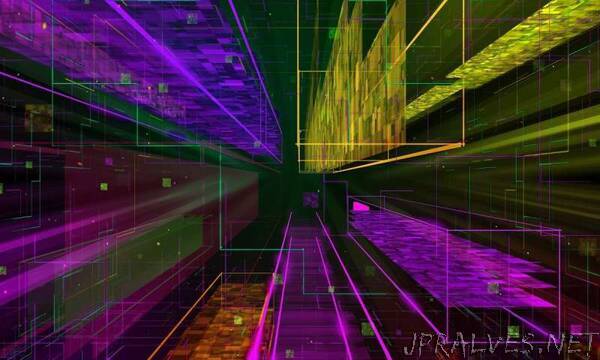
“The exchange of a ‘secret key’ for encrypting and decrypting messages over a distance of 1,120 kilometres is reported in Nature this week. This achievement is made using entanglement-based quantum key distribution, a theoretically secure communication technique. Previous attempts to directly distribute quantum keys between two ground users under real-world conditions have reached distances of only around 100 kilometres.
Quantum communication uses photons to securely distribute a ‘secret key’ to allow the exchange of encrypted messages. Previous work has demonstrated quantum key distribution along up to 404 kilometres of coiled optical fibre in a laboratory, or from a satellite to a ground station up to 1,200 kilometres away. However, real-world application between two users has been limited to around 100 kilometres. This is due to photon losses, which increase rapidly with distance. Trusted relays or ‘repeaters’ offer a way to extend the distance and avoid photon loss, but the relay stations introduce security risks.
Jian-Wei Pan and colleagues circumvent the need for repeaters by using a satellite to establish a secure link between two ground stations on Earth, using entangled photons. Entangled photons are linked in such a way that, even when separated by long distances, outcomes of measurements of their quantum properties are perfectly correlated. Two telescopes, designed to receive such quantum signals, were built 1,120 kilometres apart in Delingha and Nanshan in China. Entangled photons produced by the Micius satellite are transmitted to the ground as the satellite passes over the stations. Although satellite-based entanglement distribution has been reported before, the authors have now increased their transmission efficiency and reduced error rates enough to use entanglement to transmit quantum keys. They show that the system produces a secure channel that is resistant to attacks.
The results represent a path towards entanglement-based global quantum networks, the authors conclude. (Nature Magazine)”
